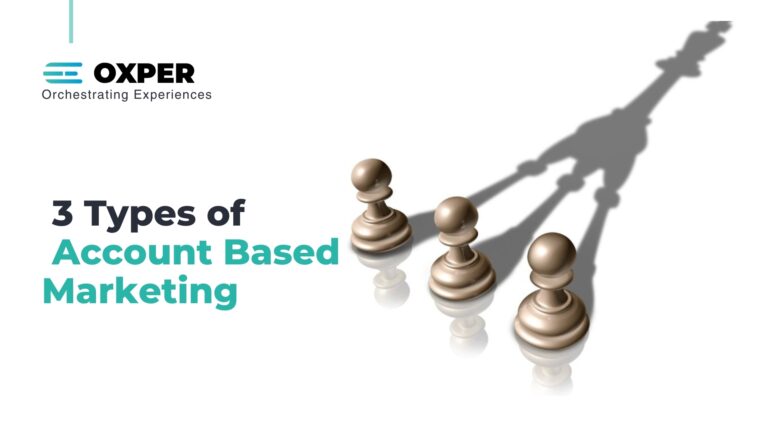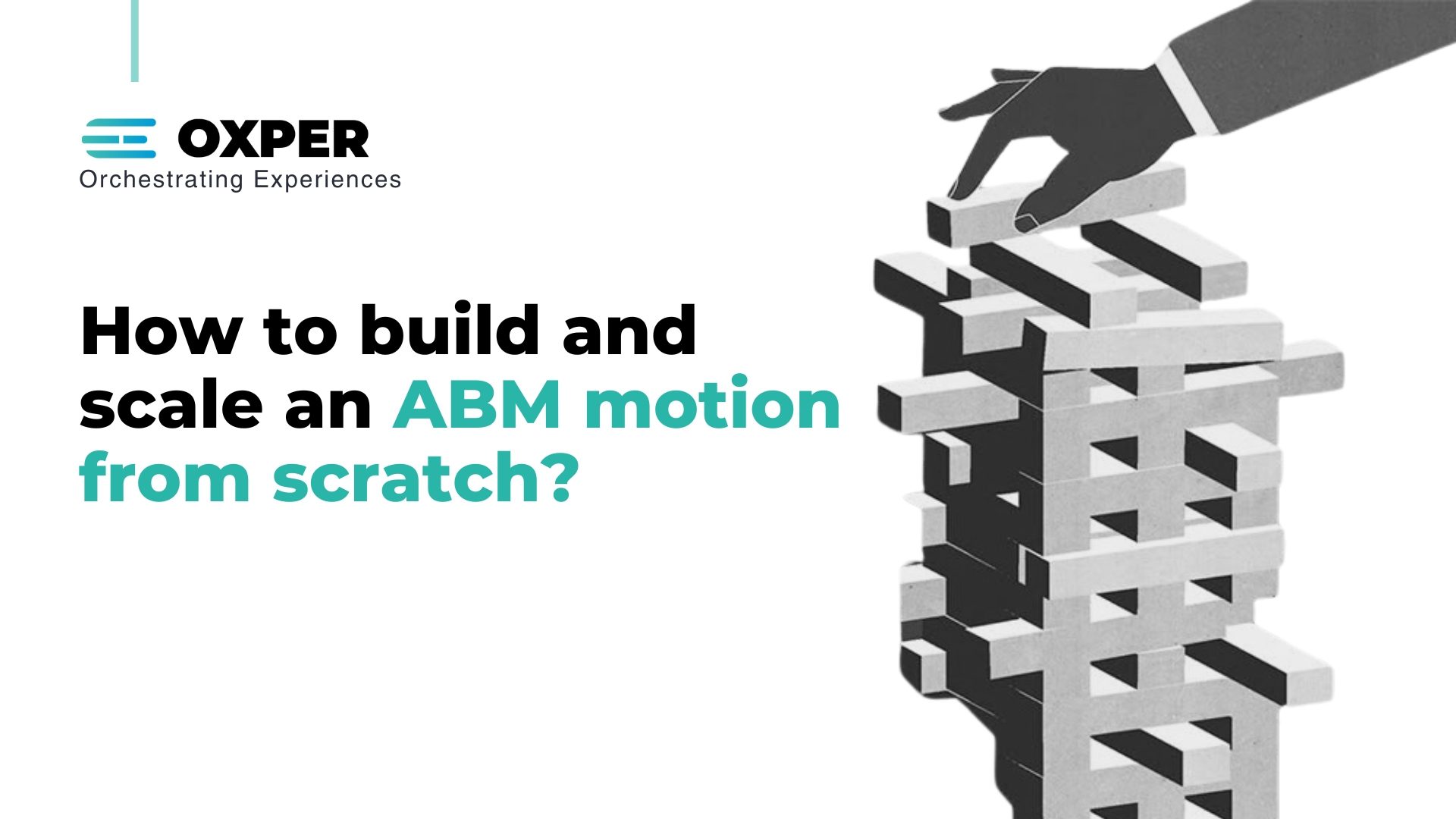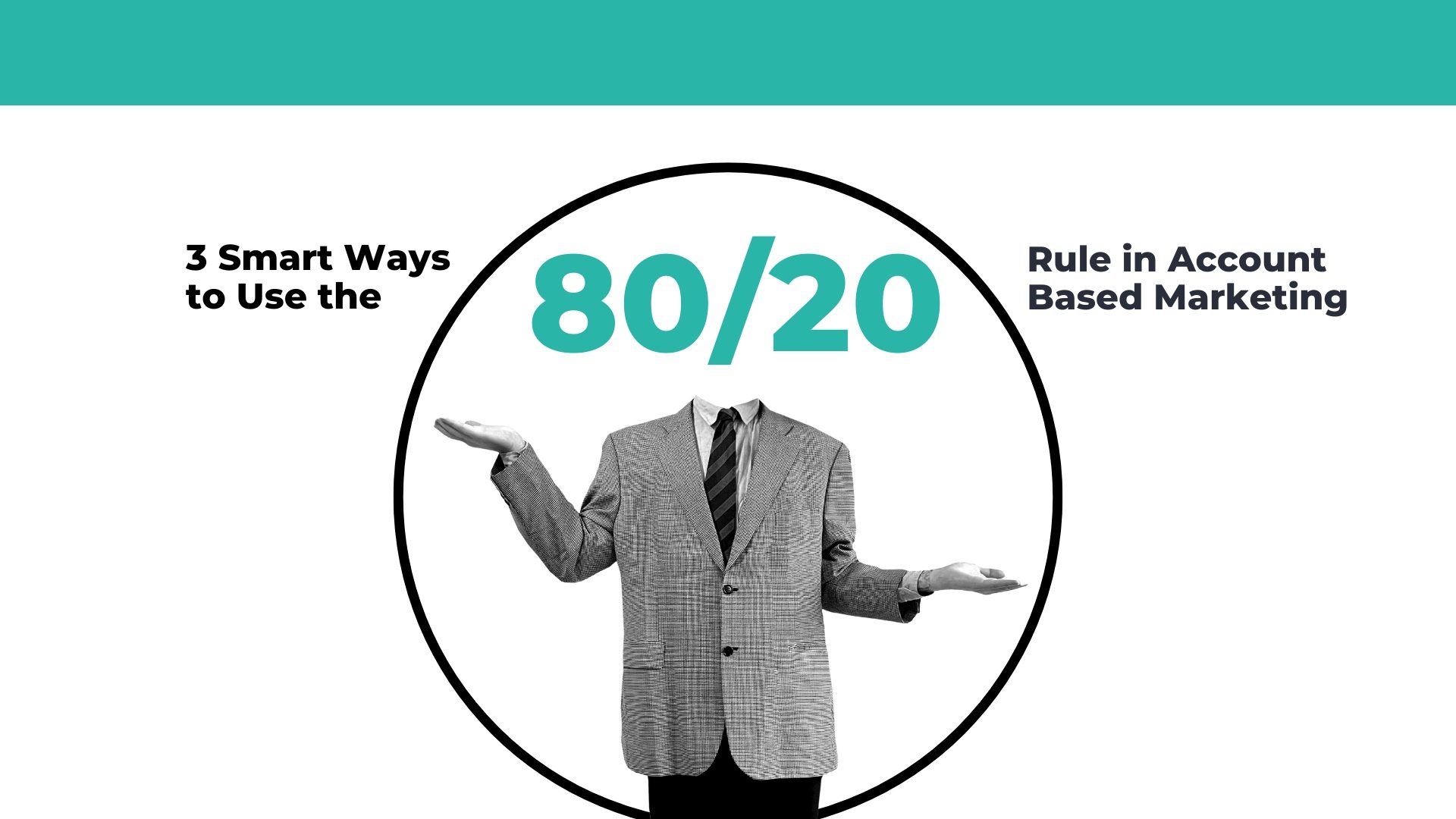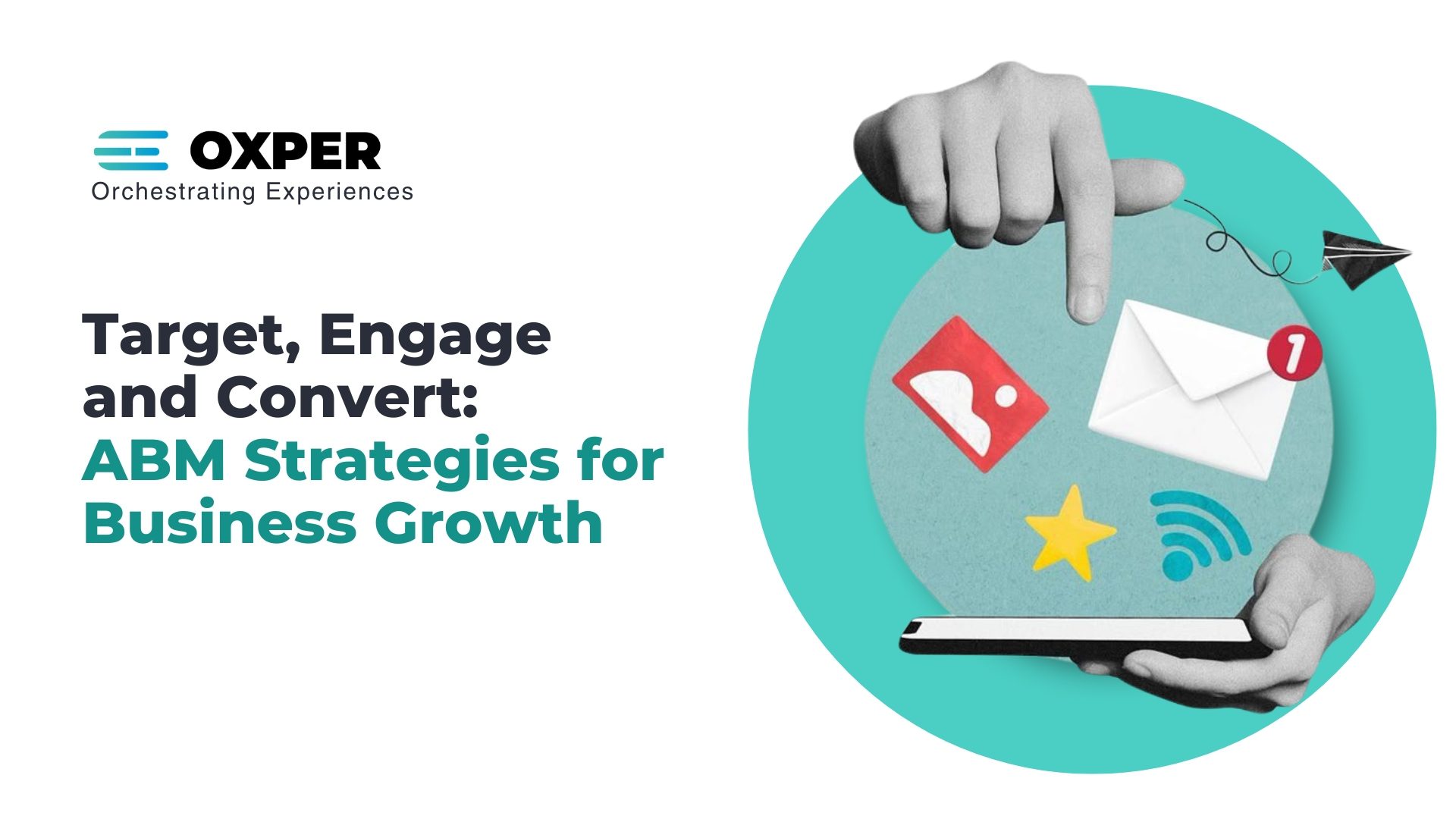Introduction
ABM is suddenly heralded as the upcoming big revolution in B2B marketing based on the early adopters’ tremendous success and developments in the more extensive marketing and technological landscape. ABM is being hailed as the marketing revolution by vendors and experts alike.
There are now more chances than ever to use ABM principles beyond just your top accounts. But with all the buzz, many are starting to lose sight of what ABM truly is—and isn’t. Without clear definitions, it’s easy for stakeholders to mistake it for “just good marketing” or miss its strategic potential altogether. At Oxper, we help bring that clarity by showing what ABM can really do when applied with purpose.
3 Types of Account Based Marketing (ABM)
Companies have developed and implemented three varieties of ABM in recent years due to the rising interest in and demand for it: Strategic ABM, ABM Lite, and Programmatic ABM.
1. Strategic ABM: Developing and carrying out highly-tailored marketing strategies for specific accounts.
This initial ABM agency strategy is often applied one-to-one and reserved for strategic accounts. With Strategic ABM, account teams strengthen their bonds with a company’s most important clients and prospects through narrowly focused marketing engagements that thoroughly comprehend their problems. As a result, strategic ABM is most critically carried out with clients rather than for them to create value for both businesses.
With this strategy, a committed, senior-level marketer collaborates closely with one or more strategic or critical account teams on the sales side to create unique marketing plans and processes that are an essential component of each account strategy for each specific account.
2. ABM Lite: Developing and running programmes with little customization for groups of accounts with related problems and requirements
This one-to-few technique is often used with second-tier or strategically named account groupings. Instead of focusing on individual accounts, ABM Lite marketing programmes and campaigns typically target small groups of accounts, usually 5 to 10, with comparable company characteristics, difficulties, and initiatives (e.g., tier-one retailers shifting to a personalized, omnichannel operating model).
To best serve these one-to-few programmes and campaigns, collaboration with sales primarily focuses on essential decision points, such as which accounts to target, which business concerns to highlight, which propositions to push, and how to customize current content.
3. Programmatic ABM: Utilizing technology to expand marketing efforts that are specifically tailored for individual named accounts
This is the most recent method of ABM. By using programmatic account-based marketing, marketing can now generate, nurture, and measure leads on an account-based basis instead of just individually. The most recent technologies offer exact targeting, analytics, and customization across hundreds or thousands of identifiable accounts, making this one-to-many strategy conceivable.
Programmatic ABM is substantially less resource-intensive than Strategic ABM or ABM Lite because only one marketer needs to manage hundreds of accounts. It can also offer coverage far greater than the other two approaches. The company’s sales coverage approach can and should align with programmatic ABM. Companies utilize programmatic account based marketing automation (ABM) to target particular market segments (such as horizontal or vertical markets) or other collections of named accounts chosen from the entire market.
How to Choose the Right ABM Type
1. One-to-One ABM (Strategic ABM) Best suited for: Large teams, larger budgets, small number of accounts of high-value. Team Size: Medium to large (dedicated ABM marketer sales partnerships) Budget: High ( custom and high-touch campaigns) Target Accounts: 5–20 enterprise accounts
Use when: You’re chasing a few high-revenue clients, and intend on going all-in with hyperpersonalized outreach.
2. One-to-Few ABM (ABM Lite) Best suited for: Medium sized teams, moderate budgets, few high value accounts. Team Size: Small to medium (shared marketing sales resources) Budget: Moderate (semi-customized assets and campaigns) Target Accounts: 20–100 accounts clustering by industry or challenge
Use when: You would like to amplify personalization while still staying relevant — perfect for industry-based targeting.
3. One-to-Many ABM (Programmatic ABM) Best suited for: Small teams, lower budgets, and large account lists. Team Size: Small (able to use automation digital assets) Budget: Lower (automated, scaled options) Target Accounts: 100 accounts
Use when: You need to cast a wider net and deploy personalization at scale — think intent data, dynamic advertising, and email nurtures.
TL;DR – Quick Decision Guide:

Conclusion
If they want to develop an effective plan, marketers aiming to build, implement, and expand their programmes must comprehend the distinctions and ramifications of each type. Additionally, they must ensure that sales and other stakeholders understand their ABM strategy. Use it with internal stakeholders—it’s a terrific tool.
Want to align your team or refine your ABM strategy? Get in touch with us today.
FAQs
1. What is the difference between Strategic ABM, ABM Lite, and Programmatic ABM?
These are the three main types of account based marketing, each varying in personalization and scale:
- Strategic ABM is a one-to-one type of account based marketing focused on highly personalized campaigns for high-value accounts.
- ABM Lite is a one-to-few model, where small clusters of similar accounts receive semi-customized content and outreach.
- Programmatic ABM is a one-to-many approach that uses technology to deliver personalized messages at scale to a large list of target accounts.
Each account based marketing type serves different goals and resource levels.
2. Can a company use all three ABM types at once?
Yes, many companies implement a blended strategy that combines all three types of account based marketing. For example, you might use Strategic ABM for top-tier accounts, ABM Lite for mid-tier targets, and Programmatic ABMto nurture a broader audience. This layered approach to account based marketing ensures resource efficiency while maximizing reach and impact.
3. How do I know which ABM strategy is right for my business?
Choosing the right type of account based marketing depends on your goals, team capacity, budget, and the value of your target accounts.
- Strategic ABM is ideal for businesses targeting a few high-value clients with long sales cycles.
- ABM Lite works well for industry-specific campaigns where moderate personalization can still drive results.
- Programmatic ABM is best for companies looking to scale account based marketing across many accounts efficiently.
A clear understanding of your ICP (Ideal Customer Profile) will help determine the right account based marketing type.
4. Is ABM only suitable for enterprise-level businesses?
No, account based marketing is not exclusive to large enterprises. While it originated in enterprise B2B settings, various types of account based marketing now make it accessible to mid-size and even small businesses. With the right tools and strategy, any business can adopt account based marketing types that align with its goals and resources.
5. What are common challenges when implementing ABM?
Some common challenges in account based marketing include:
- Aligning sales and marketing teams on target accounts
- Creating personalized content at scale
- Measuring ROI effectively
- Integrating the right technology for each account based marketing type
- Prioritizing accounts and maintaining data accuracy
Understanding which type of account based marketing suits your business helps in overcoming these obstacles and driving sustainable ABM success.





